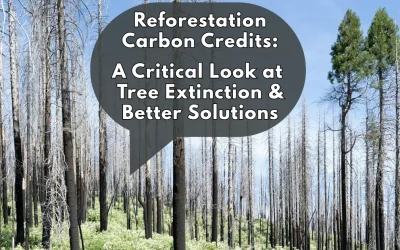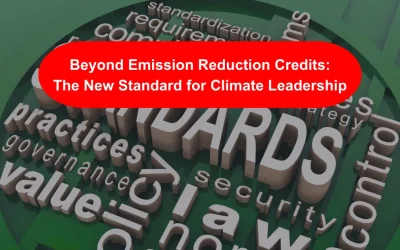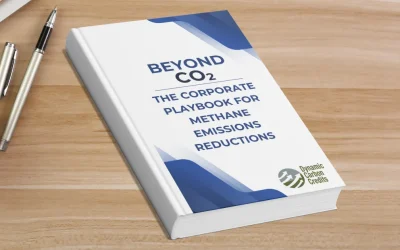Carbon footprint assessment is the process of measuring and analyzing the total amount of greenhouse gases (GHG) that are released into the atmosphere as a result of human activities. This includes the emissions from energy consumption, transportation, waste disposal, and other activities. Here are some certification study pieces for carbon footprint assessment:
- GHG Protocol: The GHG Protocol is a widely used standard for accounting and reporting GHG emissions. It provides a framework for businesses and organizations to measure and manage their carbon footprint. The protocol includes two standards: the Corporate Accounting and Reporting Standard and the Product Life Cycle Accounting and Reporting Standard.
2. ISO 14064: ISO 14064 is a standard for quantifying and reporting GHG emissions and removals. It provides guidelines for organizations to measure, report, and verify their GHG emissions and removals. The standard consists of three parts: Part 1 specifies requirements for GHG inventories and reporting; Part 2 provides guidelines for GHG projects; and Part 3 provides requirements and guidance for the validation and verification of GHG assertions.
3. Carbon Footprint Calculator: A carbon footprint calculator is a tool that helps individuals, businesses, and organizations estimate their carbon emissions. There are several online calculators available that use different methodologies to estimate emissions. Some examples include the CoolClimate Network Calculator, the Carbon Trust Calculator, and the EPA Calculator.
4. Life Cycle Assessment: Life Cycle Assessment (LCA) is a method for evaluating the environmental impact of a product or service throughout its entire life cycle, from extraction of raw materials to disposal. LCA can be used to assess the carbon footprint of a product or service, as well as other environmental impacts such as water use, land use, and toxicity.
5. Carbon Offsetting: Carbon offsetting is a practice where an individual, business, or organization compensates for their carbon emissions by investing in projects that reduce or sequester carbon emissions. Carbon offsetting can be a controversial practice, and it is important to ensure that the projects selected are credible and effective in reducing emissions.
6. Greenhouse Gas Reporting Program: The U.S. Environmental Protection Agency (EPA) has a Greenhouse Gas Reporting Program that requires certain industries to report their GHG emissions. The program provides a publicly available database of emissions data for over 8,000 facilities in the United States.
7. Carbon Footprint Reduction Strategies: There are a variety of strategies that can be used to reduce an organization’s carbon footprint, including energy efficiency, renewable energy, transportation management, waste reduction, and sustainable procurement. Understanding these strategies and how to implement them is essential for reducing an organization’s environmental impact.
Ready to speak to the experts in the carbon credit industry?
Dynamic Carbon Credits is ready to show you how to solve your most pressing business challenges. Contact us today and begin seeing the results.





